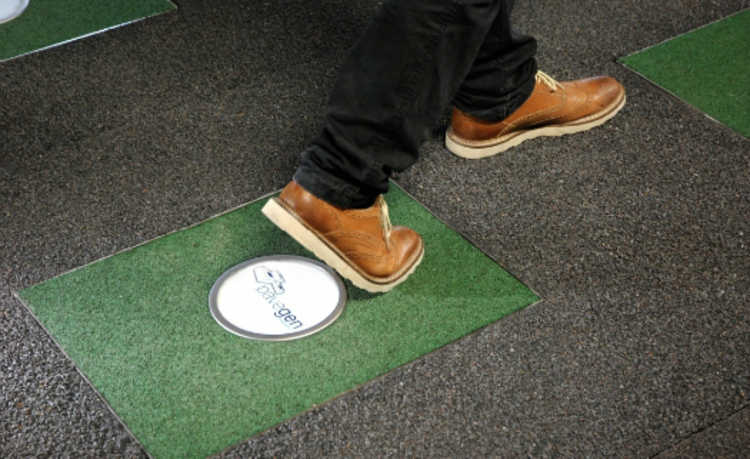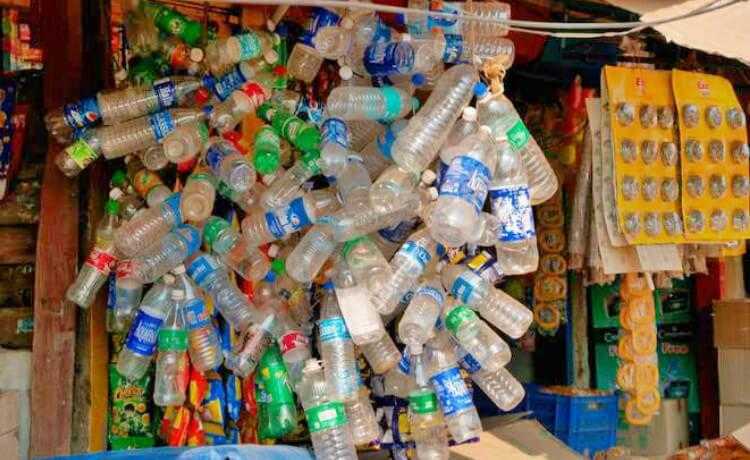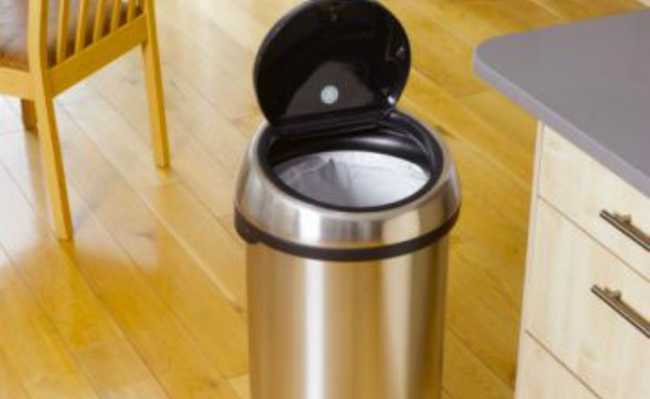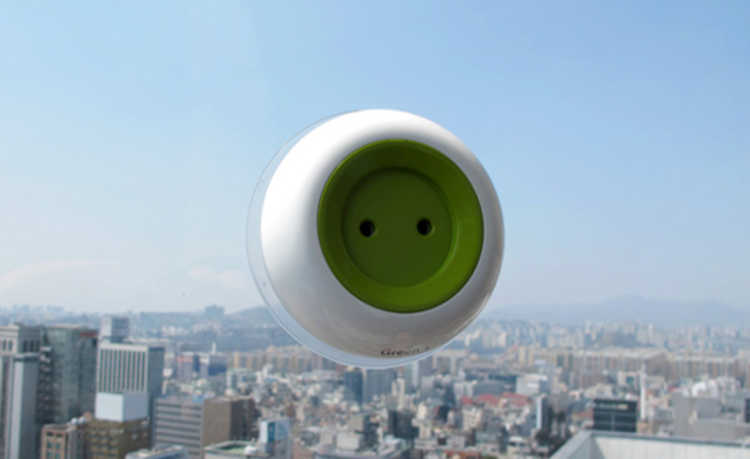How to sanitize fruits and vegetables
Simple procedures such as washing vegetables and sanitizing fruits and other fresh foods help to eliminate micro-organisms and part of the pesticides

Unsplash CDC Image
Knowing how to sanitize fruits and vegetables is important to eliminate fragments of soil, animals and microorganisms. This practice can also help to reduce the amount of pesticides present in food. But this process is not always done properly. Understand:
How to properly sanitize fruits and vegetables?
Before applying any cleaning agent to the food to be decontaminated, it is necessary to remove all fragments and remains of dirt under running water. Thus, the effectiveness of cleaning products will be greater.
After you have removed all the dirt and dirt fragments, dissolve a spoon of baking soda in a liter of water and leave the fruits and vegetables in this solution for about 15 minutes. Then discard this solution and wash the food again under running water.
Then make a solution of 1/4 cup lemon, 1/4 cup white vinegar and 1/4 cup water; sprinkle on food and leave for about five minutes before rinsing again under running water.
How it works
Sodium bicarbonate, according to a study carried out in the United States, degrades some types of pesticides, facilitating physical removal in the wash.
As the physician and nutritionist Eric Slywitch points out, although there are many types of existing pesticides and each one has specific chemical characteristics, in Brazil, as most foods are contaminated with organophosphates (acid pesticides), alkaline solutions (such as the solution sodium bicarbonate) are more efficient in removing these contaminants.
- What is organic agriculture?
- Glyphosate: widely used herbicide can cause fatal diseases
According to the nutrologist, the use of acids such as vinegar is more successful in removing other types of less used pesticides (alkaline pesticides) than when placed in a sodium bicarbonate solution or with pure water.
That is why it is better to immerse them in an alkaline solution (sodium bicarbonate solution) and then in acid (a solution of vinegar and lemon), so that both pesticides that degrade with alkaline solutions and those that degrade with solutions acids can be removed from the surface of food. What's more, vinegar and lemon also serve to eliminate unwanted micro-organisms. To learn more about this topic, check out the article "Do it yourself: homemade solution that helps eliminate bacteria from fruits and vegetables".
- The various uses of sodium bicarbonate
- Lemon Juice: Benefits and Ways to Use
It is important to know which pesticides are present in food
Most Brazilian consumers do not know which types of pesticides are present in fruits and vegetables. The problem is that, in order to effectively reduce the presence of these pesticides, in addition to knowing how to sanitize fruits, it is also necessary to know whether the pesticides are acidic or alkaline. This is because, as the head toxicologist of the Toxicology Department of the Hospital das Clínicas de São Paulo states, if acidic solutions (such as vinegar) are used before applying basic solutions (such as sodium bicarbonate solution), the acid pesticides they can even penetrate food more easily.
Thus, assuming that most foods are contaminated with acidic pesticides, the safest thing is to dip them first in the sodium bicarbonate solution (to remove acidic pesticides) and then in vinegar (to remove microorganisms and other pesticides with an alkaline composition).
- Vinegar: an unusual ally for house cleaning
Not all pesticide is removed
It is important to keep in mind that cleaning fruits and vegetables does not eliminate all the pesticides present in food. This is because there are systemic pesticides, those that are inside the fruit. It is only possible to remove the part of the pesticides that remain on the external surface of the food.
Eliminate Virus
Knowing how to sanitize fruits is also important to eliminate viruses that may be circulating in the environment. In times of pandemic, this concern needs to be redoubled. In the case of vegetables that will be eaten raw, such as those used in salads, the ideal is to start by washing them under running water. After that, let the leaves soak for 15 minutes in a solution with a tablespoon of bleach for each liter of water. Finally, wash the leaves again under running water.
To sanitize non-leaf fruits and vegetables, even those that will be consumed without the skin, the procedure must be the same. And beware: use only bleach that has only sodium hypochlorite with about 2% active chlorine. Other substances in its composition can be toxic to the human body.
According to the Food Research Center of the University of São Paulo, kitchen vinegar has no sanitizing effect, therefore, it is not used to disinfect food. It cleans but is not enough to kill viruses.
In the case of foods that you will cook, fry or bake, when done correctly, this process is enough to eliminate the viruses if the food is contaminated. Once it has cooled down, store it correctly and reheat the food before consumption. It is also important not to leave raw food in contact with cooked food to avoid cross contamination.
Reducing meat consumption and investing in organics is the best option
Considering that meat and its animal derivatives, such as milk, concentrate greater amounts of pesticides than vegetable foods and cannot be washed, if your objective is to avoid the consumption of pesticides, it is safer to reduce this type of food from the menu than just sanitizing fruits and vegetables.
Along with this attitude, it is also better to invest in organic foods, those that do not have pesticides. To learn more about this topic, check out the article "Healthier and more nutritious, organic foods are a great choice".










